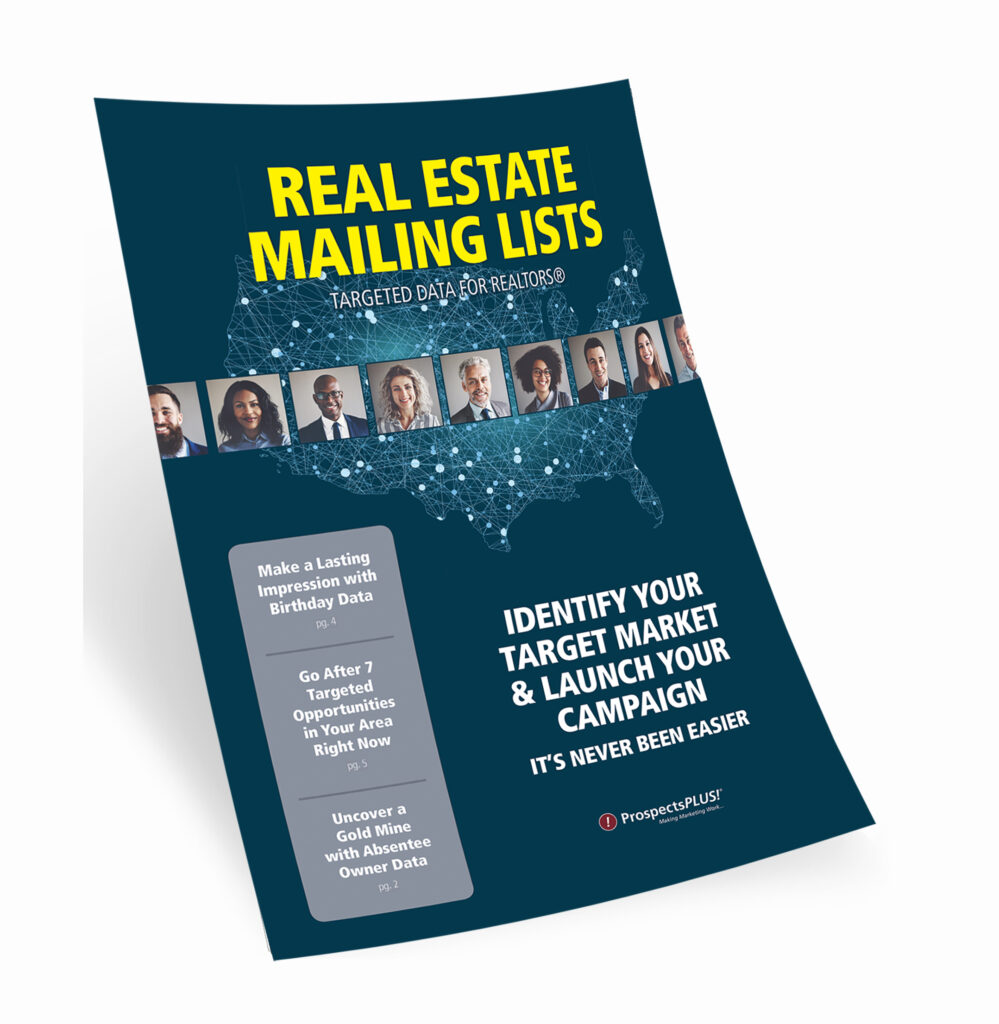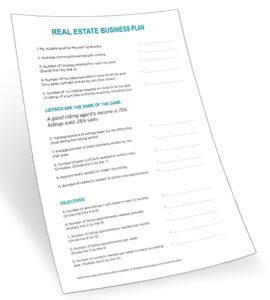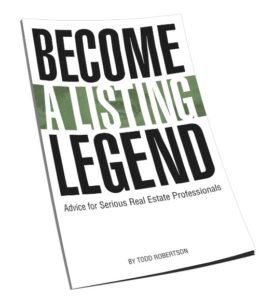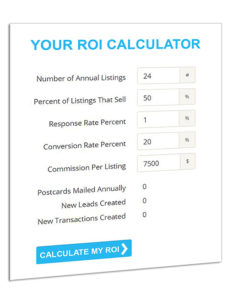Get More Listings: Pursue Absentee Owners

As various states ease lockdown mandates and life starts to at least minimally resemble what it used to look like, the real estate market is on track to be far better than many had assumed.
No, we probably won’t see the fiery spring real estate markets of yesteryear, but the housing market may just prove to be the bright spot in the economy.
Things have changed, however, from buyer preferences to how homes are shown. Have you vegged out enough on Netflix over the past few months or are you ready for the new world of real estate?
We’ve found a couple of niches that we think will be especially worth your time and effort to pursue in a post-lockdown real estate market. One of these is landlords, aka “absentee owners.”
Who are they?
“There are about 8 million individual landlords in the U.S., those who typically own between one and 10 properties,” according to Diana Olick at CNBC.com.
She goes on to state that these landlords “manage half the rental properties” in the U.S., with 48 million tenants.
Many of these landlords bought their properties between 2012 and 2014. Sure, the big guns (institutional investors) bought then as well, but almost half of investment properties were purchased by the individual landlord – the “Mom and Pop” investor.
Then, in 2018, the share of small investor activity in the housing market soared to 60%, according to Core Logic’s “Home Investor Report.”
Most of the homes these smaller investors buy are starter homes, by the way – in huge demand in the current market, as you well know.
These investors are prime targets, right now, for listing opportunities. Your audience, then, will be landlords who bought investment properties between 2012 and 2018.
Their pain points
The COVID-19 pandemic created a perfect storm of unemployment, closed businesses offering zero jobs to replace those lost and a government financial rescue program that isn’t seeing cash flowing to landlords.
Your audience of absentee owners doesn’t include the REITs with numerous rental properties and quite deep pockets.
Again, they’re the small investors, many living paycheck-to-paycheck, just like the rest of us.
Their biggest pain point right now is how, without rental income, they’ll make their mortgage payments without begging for forbearance and facing a huge payment when it’s all over. That is, if they qualify for forbearance.
In California alone, it’s estimated that 85% of tenants can’t pay their rent in May, according to SpectrumNews1.com.
The news site also claims that “… banks don’t have an obligation to help landlords.”
Even if they are granted forbearance, there are other expenses involved in owning rental property, such a maintenance.
Frighteningly, nearly 60% of small landlords “…said they did not have access to any lines of credit that might help them in an emergency,” according to a March survey conducted by Avail, a rental platform software company.
Ouch.
Thankfully, you can help these people.
What’s in it for you?
I think it’s safe to say that those landlords who bought their property at the bottom of the market (after the Great Recession), and haven’t borrowed against it, are sitting on a ton of equity right now.
And the facts bear that out.
Alcynna Lloyd at HousingWire.com claims that the average real estate investors who bought their properties in 2012 “… have seen their home equity climb by 261%.”
That pencils out to an average $141,000 in equity.
Imagine being the one who delivers news like this to landlords who are going deeper and deeper into debt the longer the pandemic goes on.
The best approach
Other investors find the absentee owner niche quite lucrative. Because of this, there’s a very good chance that your prospects will have received at least one “yellow letter” from an investor/flipper.
The yellow letter is a direct mail piece that is either written by hand (or created to appear to be handwritten) on a sheet of that yellow, lined paper from what is often called a “legal pad.”
This technique supposedly brings results for these investors, which is why so many of them use it.
Direct mail is the best approach to potential clients in this niche and a letter is a perfectly acceptable marketing piece – at least for the first touch. Do yourself a favor, however, and don’t use yellow paper. Make your letter professional and valuable.
The first step to take when approaching this niche, however, is to determine which area of town you’ll farm. Then, order an absentee owner list.
If you decide you don’t want to use a letter to introduce yourself, there are several other approaches to consider:
- An Absentee Owner Series postcard (the easiest way).
- A CMA (include a photo of the home’s exterior in the letterhead to make it super impressive.)
- Our Absentee Owner Direct Response Report, “Advice For Cash Strapped Landlords”.
After you’ve decided on the medium for your introduction, all of the above are well-suited as follow-up material. Which brings us to the next step: Schedule a direct mail stay-in-touch campaign. It doesn’t matter if your “touches” are monthly or quarterly, as long as they are consistent. Don’t give up if you don’t hear back from these prospects after the first few mailings.
Right now, many absentee owners are second-guessing their role as a landlord. Many are quite motivated to get out from under the financial burden.
Their pain points are very real, very urgent and you offer the ideal analgesic: sell now.
Send the Renters Make You Crazy postcard from the Absentee Owner Series to a targeted prospect list of Absentee Owners.
To learn how to create your list of Absentee Owners in your specific zipcode – Watch This Video (below) – Then click here from a desktop/laptop to create your own list.
Need help targeting other niches of buyers or sellers? Use our prospect list tool to create the ideal list (it’s easy) or call our support team for assistance at 866.405.3638!
PLUS: When you have time…here are some Free resources we’ve made available to support your success.
1. The Free Real Estate Mailing List Guide
The Real Estate Mailing List Guide outlines the top tools for generating targeted prospect lists including Baby Boomers, Empty Nesters, Investors, Lifestyle Interests, High-Income Renters, Move-Up Markets, and more. The Guide also defines done-for-you marketing campaigns to match these markets. –Click Here
2. The 12 Month Done-For-You Strategic Marketing Plan
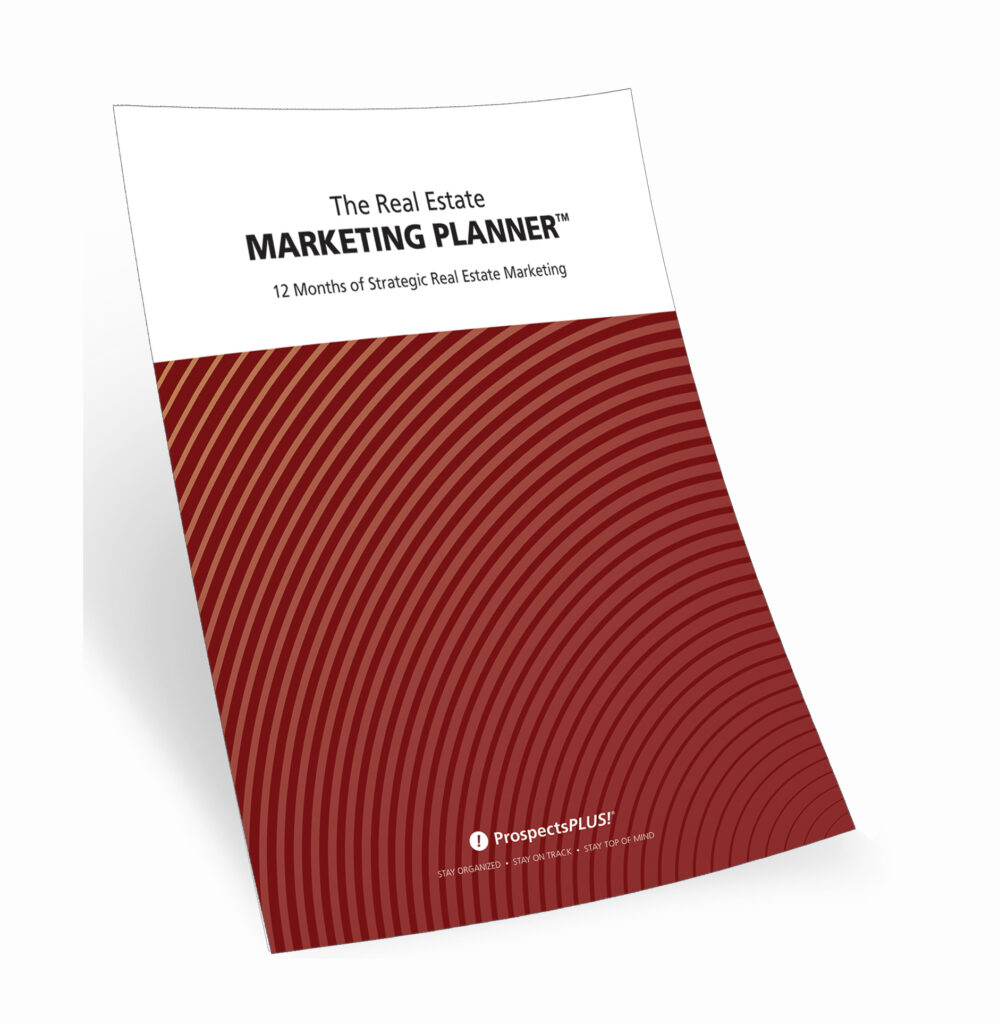
The Real Estate Marketing Planner is a powerful 12-Month-Guide that strategically defines what marketing to do when. Four key market segments are included, Niche Marketing, Get More Listings, Geographic Farming, and Sphere of Influence. –Click Here
3. The Free One-Page Real Estate Business Plan
Treat your business like a business it is vital to long-term success in this industry. Some agents may put together elaborate business plans, yet there’s something powerful about keeping it simple. Check out our one page Online Real Estate Business Plan. – Click Here
4. Become a Listing Legend Free eBook
Ready to take a vertical leap in your real estate career? If you’re looking for inspiration…and the tools and methods to dominate a market and go to the top in real estate…you’ll find them in this free book. – Click Here
5. The Free Online ROI Calculator
Consistency and automation are the keys to success. Discover how effective direct mail marketing can dramatically increase your bottom line. Enter your statistics in our Free online ROI Calculator and click the ‘CALCULATE MY ROI’ button to see your results instantly! –Click Here
6. The Real Estate Marketing Guide “CRUSH IT”
The “Crush It” Guide includes easy steps to launching an effective direct mail marketing campaign, how to create a targeted prospect list, the perfect way to layout marketing materials for success, seven opportunities available to target in your area right now. –Click Here





